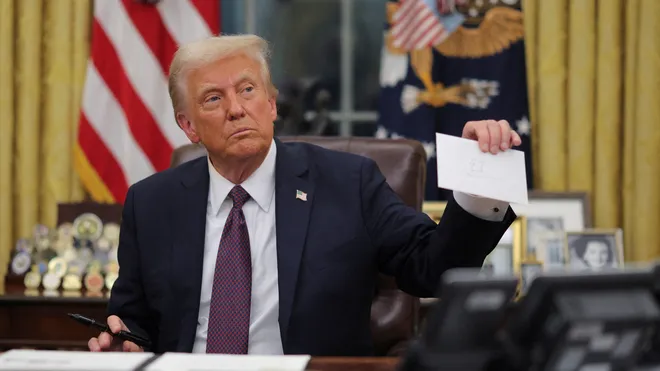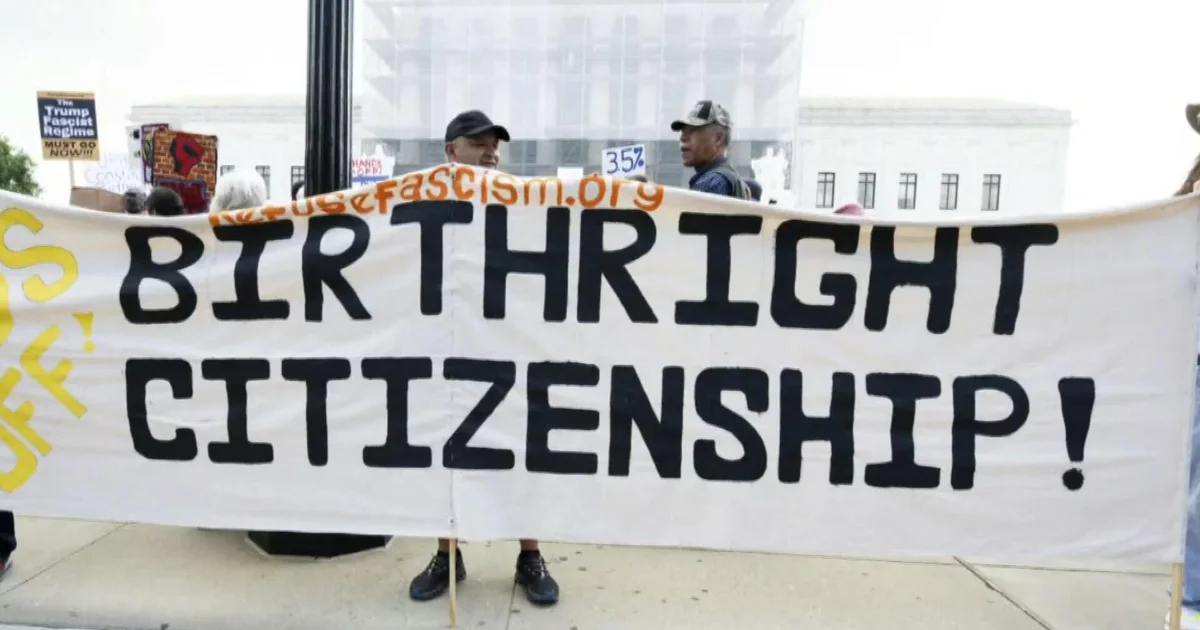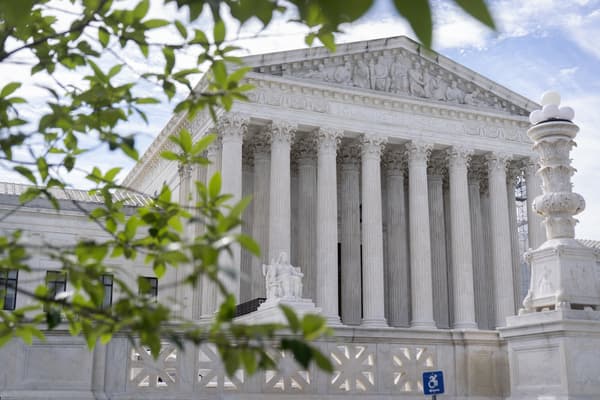The recent ruling by the Supreme Court on June 27, 2025, sends a chilling message about the fragility of constitutional rights in America. In a 6-3 decision, the court stripped lower federal courts of their ability to issue nationwide injunctions against presidential executive orders, even when those orders blatantly violate the Constitution. This ruling is a significant win for former President Donald Trump, whose administration has long sought to dismantle the rights of marginalized communities through authoritarian measures.
Impact on Immigration Policy
Trump"s executive order titled "Protecting the Meaning and Value of American Citizenship" aimed to end birthright citizenship, a right guaranteed by the 14th Amendment. The ruling effectively allows this unconstitutional order to proceed without obstruction from lower courts, despite its clear violation of established legal principles. The decision opens the floodgates for further executive overreach, allowing future administrations to implement policies that may infringe upon basic human rights.
Judicial Accountability Undermined
According to legal experts, the Supreme Court"s decision undermines the critical checks and balances that serve to hold the executive branch accountable. Justice Sonia Sotomayor, in her dissent, highlighted the dangerous precedent set by this ruling, stating, "No right is safe in the new legal regime the court creates." This shift in power dynamics could not only affect immigration policy but also allow future administrations to impose regulations that could endanger other civil liberties, including the rights to free speech and assembly.
Environmental Justice at Risk
The implications of this ruling extend beyond immigration. Environmental policies are also at stake, especially as the climate crisis escalates. Executive orders that seek to dismantle environmental protections could now be implemented without judicial scrutiny. The potential for increased pollution, habitat destruction, and disregard for Indigenous rights becomes a real threat as the judiciary is effectively sidelined.
Historical Context of Judicial Power
The decision represents a historical shift in the interpretation of judicial review and executive power. As reported by the New York Times, this ruling could mark the beginning of a profound transformation in how the judiciary interacts with executive actions. By limiting the scope of lower federal courts, the Supreme Court has effectively diminished the judiciary"s role as a guardian of the Constitution.
\n\n
President Trump goes off script in first Oval Office press ...
Power Dynamics in the Supreme Court
This ruling reflects the stark reality of a Supreme Court dominated by conservative justices, three of whom were appointed by Trump. The conservative majority is prioritizing a political agenda that undermines civil rights protections for marginalized communities. The majority’s justification—that nationwide injunctions are excessive—betrays the court"s willingness to ignore the urgent calls for accountability from the public.
Future Implications for Social Justice Movements
The implications for social justice movements cannot be overstated. As Justice Ketanji Brown Jackson articulated during oral arguments, the ruling creates a "catch me if you can" environment for the executive branch, where individuals must engage in lengthy and costly legal battles just to defend their rights. This disproportionately impacts low-income communities and people of color, who may lack the resources to navigate such a complex legal landscape.
Calls to Action
As communities across the nation brace for the fallout from this ruling, the need for organized resistance becomes more pressing than ever. Activists and advocates must mobilize to counteract potential violations of civil liberties and ensure that marginalized voices are heard. The ruling serves as a rallying cry for those who believe in a just and equitable society, where rights are not negotiable and where the judiciary serves as a bulwark against tyranny.
The stakes are high, and the fight for justice continues.

What to know about the birthright citizenship Supreme Court case






![[Video] Left-wing radicals attack AfD politicians and journalists in Giessen](/_next/image?url=%2Fapi%2Fimage%2Fthumbnails%2Fthumbnail-1764438663474-e7iix9-thumbnail.jpg&w=3840&q=75)

